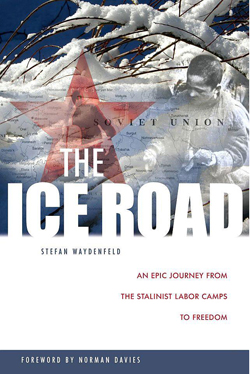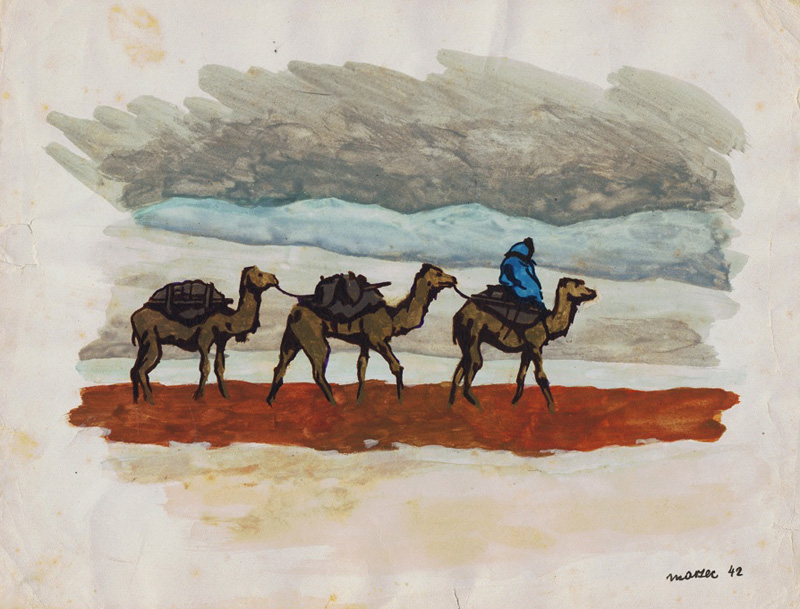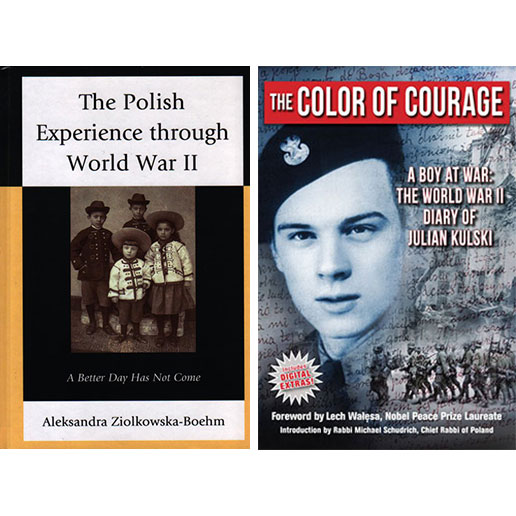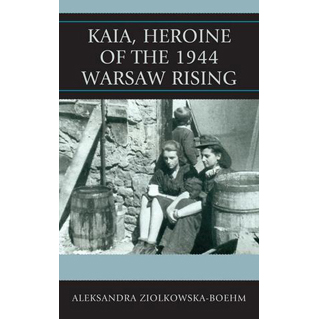 The Ice Road: An epic journey from the Stalinist labor camps to freedom
The Ice Road: An epic journey from the Stalinist labor camps to freedom
By Stefan Waydenfeld
Aquila Polonica
2010, 405 pages
ISBN 1607720027
Carl Jung once said that man will get used to anything, if only he reaches an appropriate degree of submission.
Stefan Waydenfeld’s memoir, The Ice Road, is a gripping story about a family suddenly thrust into a country where a population had been cowed to such a degree of submission that no matter what their state dictated, their response was to “get used to it.”
With this dystopia as a background, the book reads like a novel, even an adventure, with a plot that includes war, arrests, families lost and found, and constant danger. The horror of it, however, is that the story is not fiction, and the country is real. The Waydenfelds were deported along with thousands of other Poles to the Gulag during the Red Army’s occupation of Poland during the Second World War. The Ice Road is the story of their two harrowing years in the Soviet Union, first in one of the Gulag’s slave labor camps, and then their long and desperate flight to freedom.
Prior to the outbreak of WWII, the Waydenfelds, an affluent family of secular Jewish background, lived in the town of Otwock, Poland, a health resort where the author’s father was a well-known specialist in lung disease, his mother a bacteriologist. They lived a comfortable, culturally rich life.
In 1939, there was much talk of war but most people preferred to think it would remain just talk or, at worst, the war would not last long. But war did come, and Poland, situated between the Soviet Union and Germany, was the crucible of combat. For almost two years the two totalitarian regimes collaborated in their destruction of Poland; then Hitler’s forces turned against the Soviet Union in a murderous campaign across eastern Poland and into Russia until, their fortunes reversed, the Red Army once again stormed into devastated Poland to defeat the Germans, and to install its own regime.
Caught in this vortex of horror, the Waydenfelds fled from the Germans only to discover the Soviet terror. Attempting to return to the German side, they were caught in a trap when the train they thought was to take them to Warsaw instead headed east.
The Waydenfelds were taken to a labour camp where enslavement was “re-education.” There, men and women, young and old, were expected to fell trees, and if they did not, they would not eat. Winter came, the work continued, whether or not the prisoners were clothed for it. Waydenfeld’s described people encrusted with an armor of ice that actually sheltered their bodies from wind and kept their bodies dry. Newspapers wrapped around feet, held together by rags, served as boots. And the work went on.
When Hitler attacked the USSR, Polish prisoners suddenly found themselves free. Given that only those who worked were entitled to food, freedom came with a price and, given the isolation of the camps, leaving was not a simple matter. The logging camps were located deep in the forest but on rivers so, with fantastic ingenuity, the liberated Polish prisoners constructed rafts to take them out of the wilderness.
Later, bartering, trading, bribing somehow enabled them to board trains, barges and trucks as they traveled thousands of kilometers across the immense country until, at last, they joined up with the newly formed Polish army that was being evacuated to the Middle East.
The family survived, though photographs of Waydenfeld’s father, one taken in 1939 and the other in 1941, reveal the ravages of hard labor on his health. He would not live long after the war. His mother frequently lapsed into severe depression, and the teenage Stefan at times wondered whether his hopes for an education and a career in medicine would forever remain unfulfilled.
At the start of the war, Waydenfeld, then only fourteen, wanted to enlist in the Polish army in defense of his country. In 1942, at age 17, he joined the Polish II Corps and went on to fight at Monte Cassino. Despite that, he and the rest of the Polish soldiers who fought with the allies had no free country to return to. Demobilized in England, he completed his education and went on to become a family physician.
Waydenfeld wrote his book because he felt compelled to address an injustice, a double injustice: first, the suffering and loss of life brought upon the Polish nation by the Soviet Union, and second, the indifference to, and even conscious suppression of that history by Poland’s allies. The Ice Road is an important personal testament and the work of a truly gifted writer.
CR




Pingback: February 1940: Exile, Odyssey, Redemption
Pingback: Bulletin Board Summer 2015